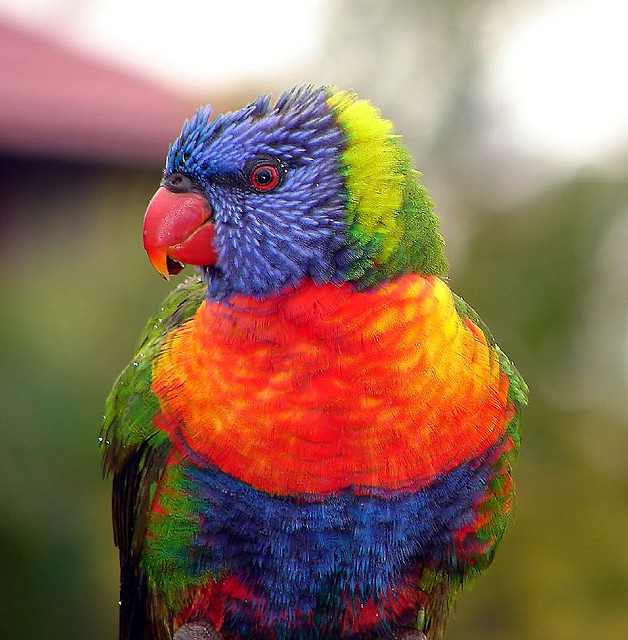
At first I was going to call this post, "How to establish character identification," but that sounds about as interesting as watching paint dry.
Why do we want our readers to identify with our characters? For me it's because I want them to hang on every word the way kids around a campfire breathlessly listen to a well-told ghost story.
We establish that kind of dramatic tension by crafting characters readers care about.
Why do we keep turning the pages at 3 am when we've got an early meeting? Because we have to know what happened. Why do we care? Because we care what happens to the characters.
How To Establish Character Identification
1. Sympathy
As writers, we need to connect the reader's emotions to the story and one way to do this is to get them to sympathize with, to feel sorry for, a character.
How do we do this? Show your character experiencing a loss, a setback. An undeserved loss works especially well. For instance, a character might lose his job because of something that wasn't his fault. His wife might die in a car accident while she was shopping for his birthday present.
2. Empathy
When a reader feels empathy for a character she feels the emotions that character feels.
Here's the key. Over and over I've heard writers say: If you feel the emotion when you're writing the scene, the reader will feel it.
When writing these scenes:
- show don't tell
- use sensory detail from at least two senses.
3. Similarity of goals
Fundamentally, we all want the same sorts of things. I'm not talking about low level goals like cream for your coffee and no traffic on the way to work--though that would be awesome! I mean high level goals like the desire to be treated fairly and with respect.
If a character is denied one of these fundamental goals--some would call them fundamental rights--that's something a reader can identify with.
4. Inner conflict
Inner conflict occurs when a character has competing desires.
For instance, lets say that our hero is a upstanding lawman whose job is to catch the villain. Further, let's say you've done a glorious job illustrating how totally despicable the villain is.
Our hero is in love with Martha, someone who is as good as the villain is despicable. Or so he thinks. It turns out Martha is the villain. Perhaps the hero finds something, some clue, and everything falls together as he looks at it. Martha is in the room, she watches the play of emotions across our hero's face as everything comes together. The hero looks at Martha, the realization of her guilt in his eyes.
Or something. If that sort of scene is done right the play of conflicting desires will ooze with dramatic tension and the reader will be caught up in your fictional world/web.
Also, notice that not only does the hero achieve his goal--he discovers the identity of the villain--but we learn something about him. Is the hero the kind of person to let the villain go because he loves Martha? Or, like Sam Spade, will he refuse to "play the sap" for anybody? Either way, his character is revealed through his choice.
(Also see: How To Get Your Readers To Identify With Your Main Character for a slightly different take on this issue.)
# # #
Yesterday I mentioned that I've been going through boxes of my old notes and found some great material, that's were this came from as well.
Question: How do you get readers to identify with your characters?
Other articles you might like:
- 3 Steps To Better Prose- Book Design: What NOT To Do
- Cliffhangers
Photo link: "Wet Lorikeet" by aussiegall under Creative Commons Attribution 2.0.










Wow, this is teaching me a lot about some myths I knew existed, just didn’t think were very deep. I was wrong. (grin) I have no idea why anyone would read a book if they already knew everything that was going to happen in the book just as I have clearly little understanding of why any writer writes a book they already know all the details about. I had to do that under contract a couple of times and those were the worst and hardest for me. (Ghost Novel: Day 2, Comments)